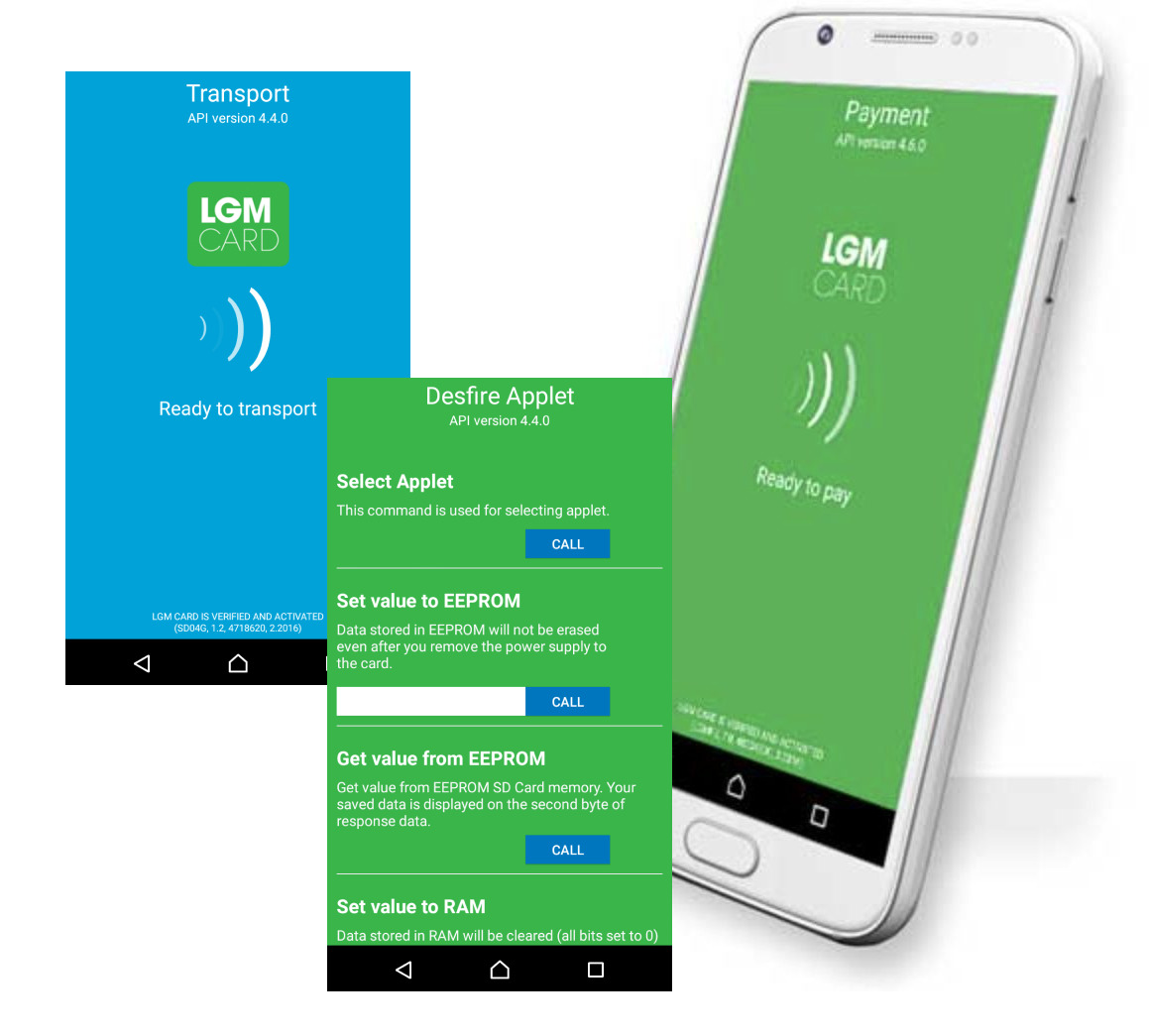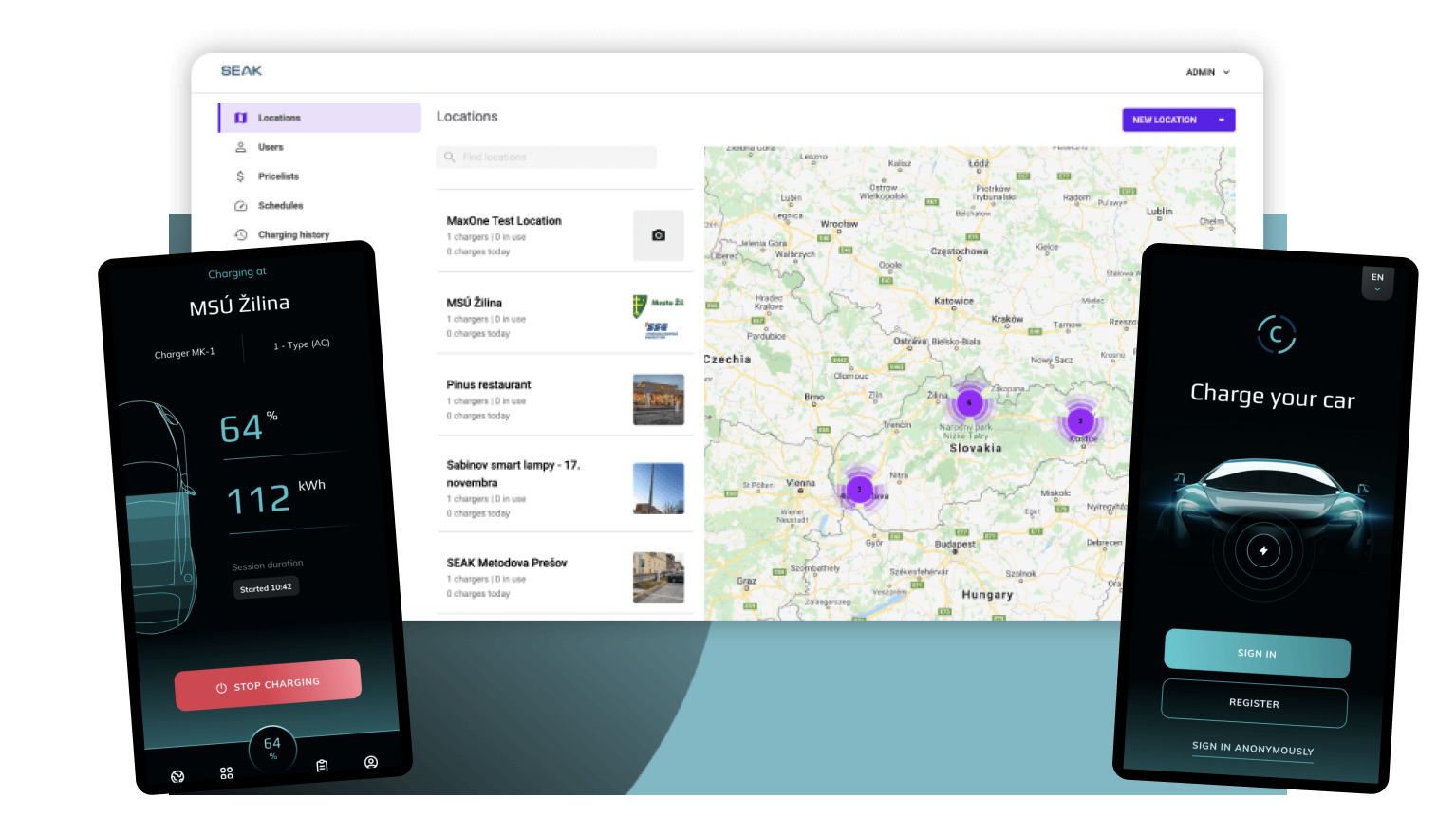What type of application to choose? Or, what to consider when selecting an application type…
When developing an application, it is necessary to consider many factors right from the start. The foundation of a quality application is to provide the user with practicality and a perfect experience while using it.
It is important to consider that there are multiple platforms on the market and to understand what type of application will be preferred from this perspective and which technology will be used for its development. Most importantly, we must keep the end user in mind. All of this, of course, also affects the costs that will need to be invested in the application’s development. So let’s take a look at which type of application brings the highest efficiency.
There are several types of applications on the market. The basics include native, hybrid, and web applications. All of them have their advantages and disadvantages and are still in use today.
Native application, the key to successful business…
A native application is best utilized when it is crucial for our business, and thus, its usage must be truly efficient and straightforward for the end user. The application is created specifically for one platform only. For example, in xCode or Swift for iOS or in Kotlin for Android.

From this, it follows that we can find it either in the App Store or in Google Play, and therefore, we can install it on our device (smartphone, tablet…). After approval, it can access various functionalities of our mobile devices (camera, contacts, gallery), which maximizes its utilization. Because it is created separately for each platform, it achieves high performance, but the development costs increase accordingly. Last but not least, it’s worth mentioning the advantage that it can also function in offline environments. As an example, we chose an application for the company Logomotion.

However, it’s worth mentioning that there is also the option to use technologies like Xamarin or Codename One to create an application simultaneously for both platforms while still functioning as a native application. This option does require some compromises similar to those in hybrid applications (more on that in the section about hybrid applications). We chose this approach for the creation of the games “The Journeys of Young Corgoň” and “Bratislava Play.”
Low costs as a benefit of web applications, but…
…what should we know before deciding on this type of application? It doesn’t need to be installed on the device and resembles a website, but unlike a website, it doesn’t just load content. It is directly aimed at the end-user and connected to various databases. In its development, web technologies like HTML, CSS, or JavaScript and programming frameworks such as Angular, React, or Vue.js are used.


The application runs on the server side and the client uses it in their web browser. Its advantage lies in low costs and easy maintenance. However, it cannot be installed on a specific device and does not work in offline mode. Additionally, it should be noted that the application’s speed depends on the quality of the internet connection, and a compatible browser must be installed for it to function. As an example, we present an application created in our software workshop for the company SEAK.

And what about combining a native and web application?
Yes, there is also this option in the form of a hybrid application. So, if we decide to reduce development costs and don’t want a purely web application, we can use a hybrid type of application. The combination of a web and native application saves time in development and testing. This type is developed for various platforms and operating systems simultaneously, similar to a web application, using HTML, JavaScript, or CSS.




